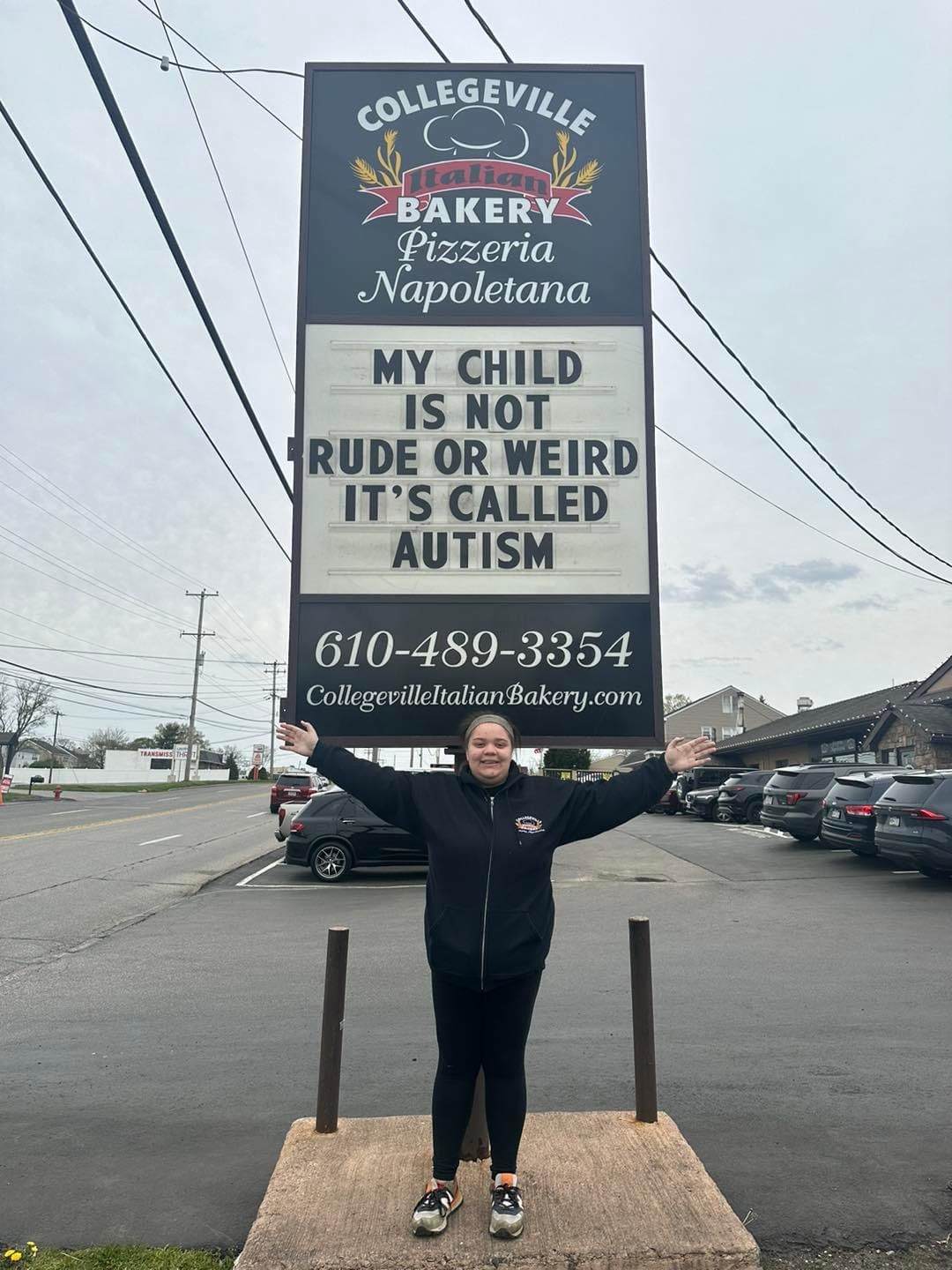Subtle vs Mild Autism
Invisible Spectrum: Understanding Subtle Autism. Some traits of neurological diversity may be complex to notice, but they are still important. We need to recognize and support individuals who show these subtle signs.

What is Subtle Autism?
Subtle autism is often characterized by less apparent symptoms that may be overlooked or misattributed to personality traits. Individuals with subtle autism can experience social communication challenges, but they might possess effective coping mechanisms that allow them to navigate social situations with greater ease. This variation can lead to late diagnoses or misunderstandings about their needs and experiences.
Common Traits of Subtle Autism
- Social Communication Differences: Individuals may struggle to interpret social cues, such as body language or tone of voice, but they may employ learned strategies to mask these difficulties.
- Intense Interests: Like many individuals on the spectrum, those with subtle autism may have focused interests that they immerse themselves in, which can sometimes dominate conversations or thoughts.
- Sensory Sensitivities: Subtle autism can also include sensitivities to sensory input, such as noise, light, or textures, even if these aren’t always immediately visible to others.
- Anxiety and Social Pressure: Many individuals may experience anxiety in social situations but mask their discomfort through learned behaviors, which can lead to exhaustion and burnout.
- Unique Thought Processes: People with subtle autism might approach problems or tasks uniquely, leading to innovative solutions that others may not consider.
The Importance of Recognition and Support
Recognizing subtle autism is crucial for providing appropriate support and understanding. Those with milder forms of autism can experience significant challenges that, if unacknowledged, can lead to feelings of isolation, anxiety, or depression. Facilitating a supportive environment includes:
- Awareness and Education: Increasing awareness about the diversity of autism can help friends, family, and educators better understand and support individuals with subtle autism.
- Encouraging Open Communication: Creating safe spaces where individuals feel comfortable discussing their challenges and needs can help foster understanding and empathy.
- Tailored Support Strategies: Implementing strategies that align with the individual’s strengths and challenges, focusing on social skills development and emotional well-being.
Comparison of Subtle and Mild Autism
Similarities
1. Spectrum Nature: Both subtle and mild autism fall within the autism spectrum, indicating that individuals experience varying
degrees of challenges in social communication and behavior.
2. Social Communication Challenges: Individuals with subtle and mild autism may have difficulties with social interactions,
including understanding social cues, maintaining conversations, or interpreting
non-verbal signals.
3. Coping Mechanisms: Those with either presentation may develop strategies to cope with their challenges, which allows
them to engage in social situations to varying extents.
4. Unique Interests: Both may exhibit intense interests or preferences, focusing intensely on specific topics, which can
serve as a strength or area of passion.
Differences
1. The severity of Symptoms:
- Subtle Autism: Often characterized by very mild symptoms that may be easily overlooked, leading to late diagnoses. These individuals might function well in many social settings, often masking their challenges.
- Mild Autism: Individuals with this disorder may display more noticeable traits and have milder symptoms. Their challenges may be more apparent in specific scenarios, such as social gatherings or unfamiliar environments.
2. Diagnosis and Recognition:
- Subtle Autism May go undiagnosed for more extended periods, as the behaviors can be attributed to personality quirks or not seen as problematic.
- Mild Autism: Often recognized earlier, as symptoms might align more clearly with typical criteria for autism, even if they're on the milder end of the spectrum.
3. Coping and Masking:
- Subtle Autism: Individuals may have learned to navigate social situations effectively, often concealing their difficulties, which can lead to fatigue and stress.
- Mild Autism: While they may also employ coping strategies, their challenges might be more evident, leading to different types of support needs, such as social skills training.
4. Sensory Sensitivities:
- Subtle Autism: Sensory sensitivities may be present but not severely disruptive to daily life, allowing individuals to adapt without significant distress.
- Mild Autism: Sensory sensitivities might be more pronounced, leading to difficulty in specific environments (e.g., crowded places) and potentially requiring accommodations.
Conclusion
While subtle autism and mild autism share a foundation in the spectrum of autism, the key differences lie in the severity, visibility, and implications of their symptoms. Understanding these nuances can help better recognize, support, and advocate for individuals with varying presentations of autism, ensuring that their unique needs are met appropriately.



